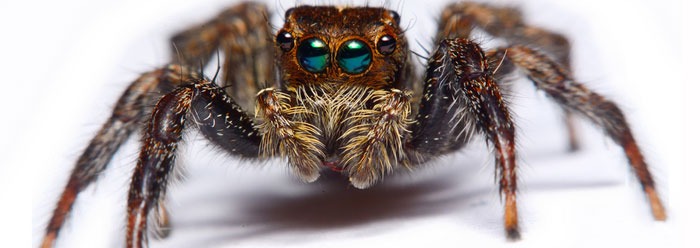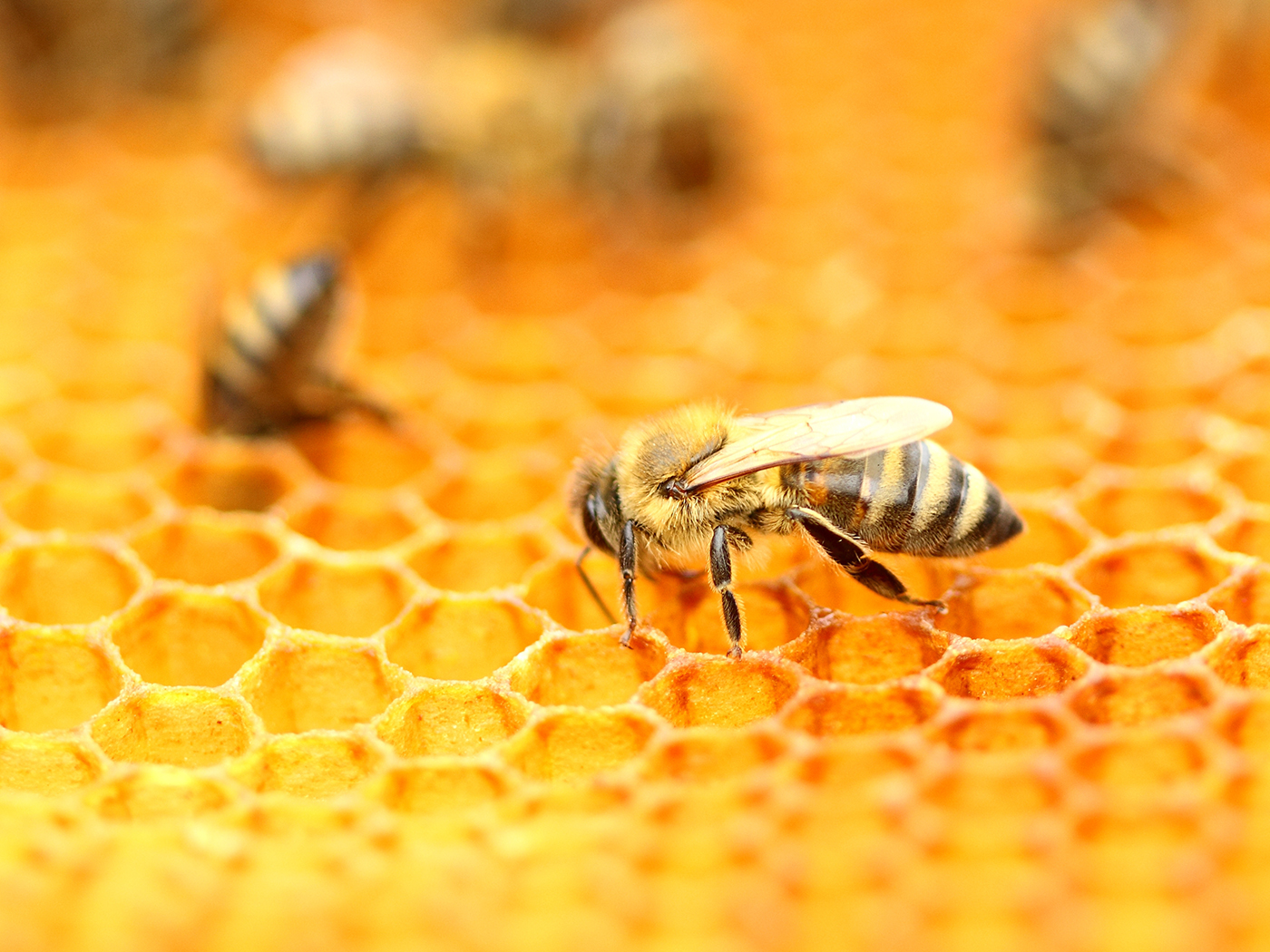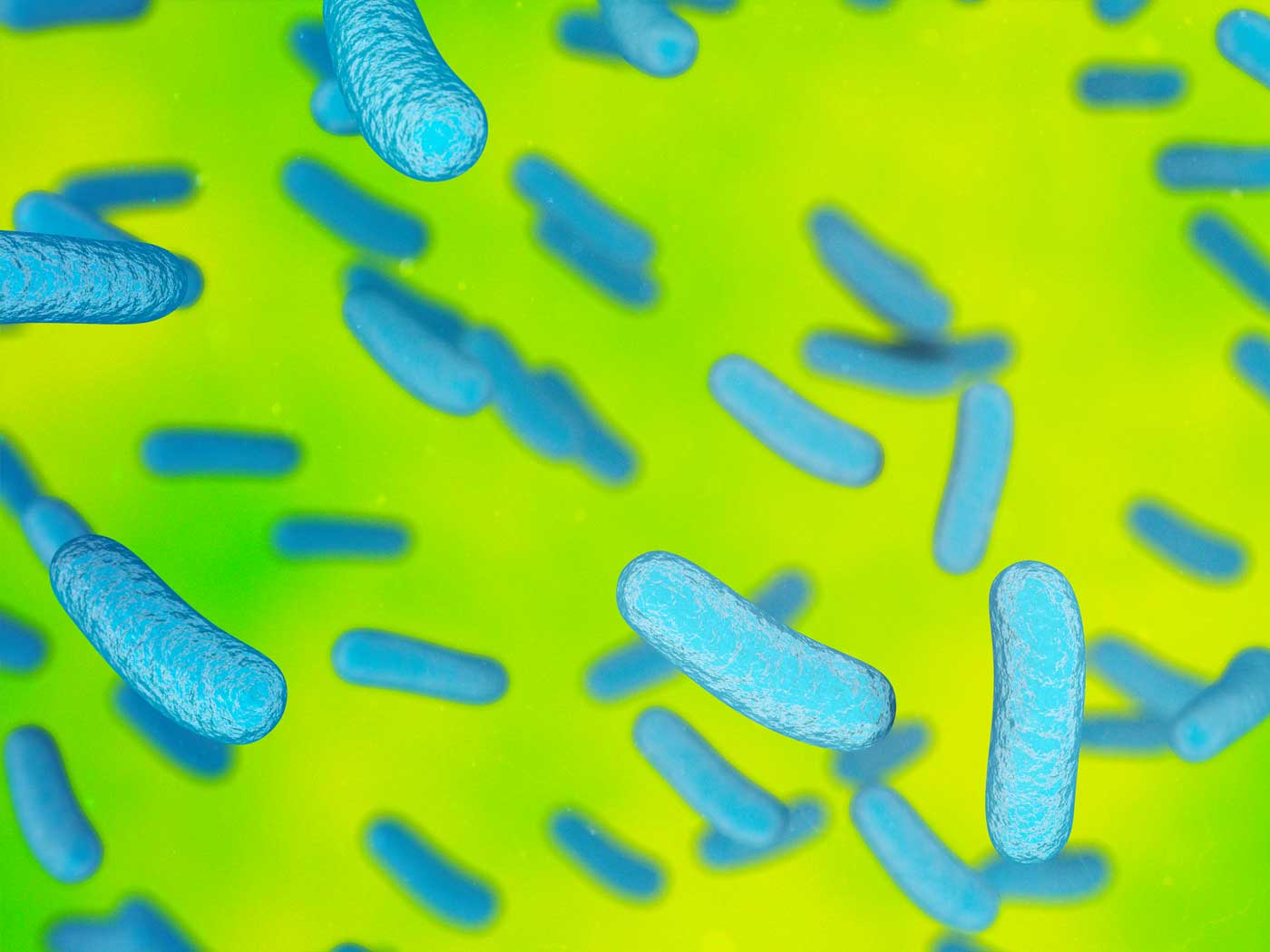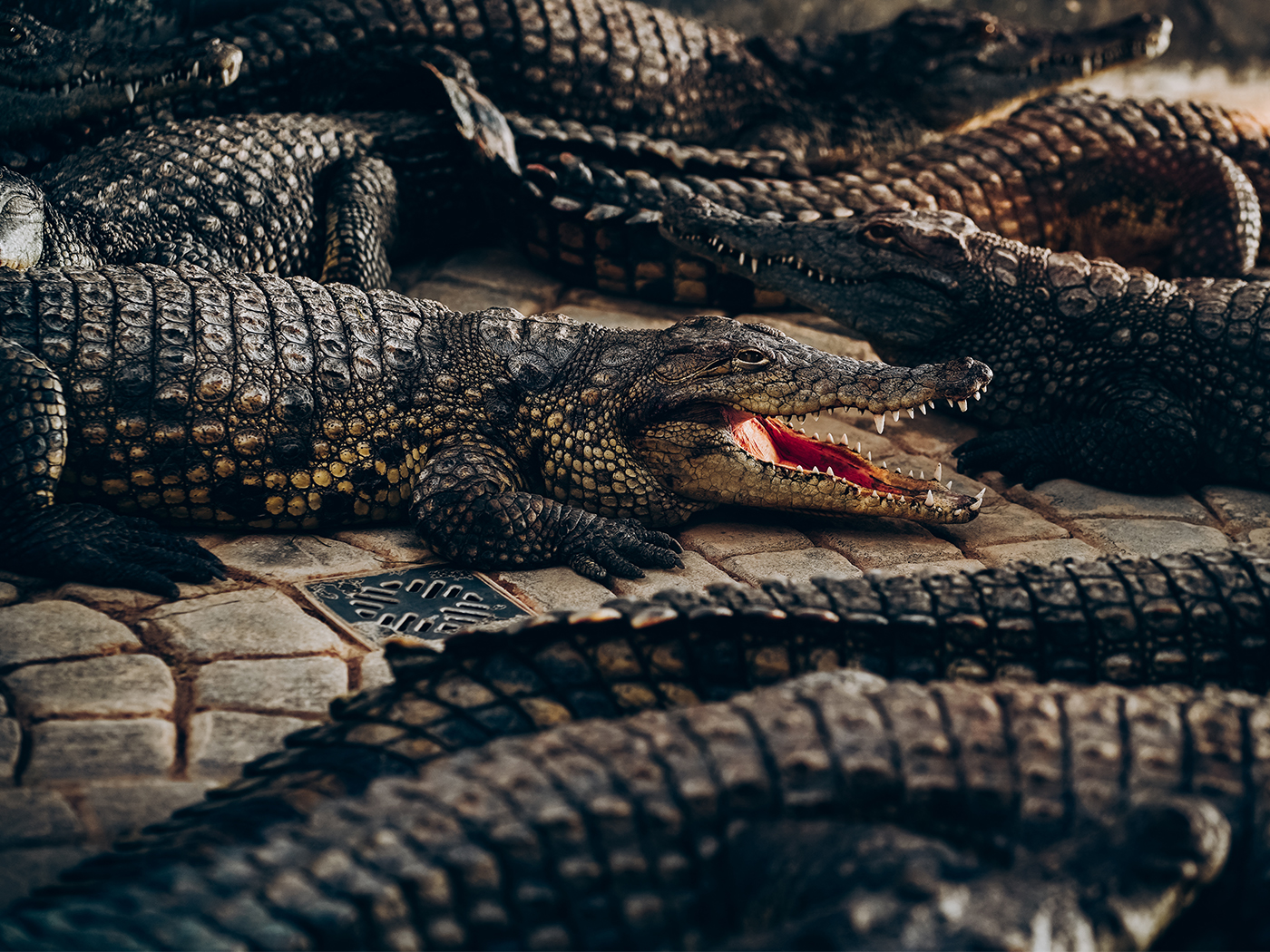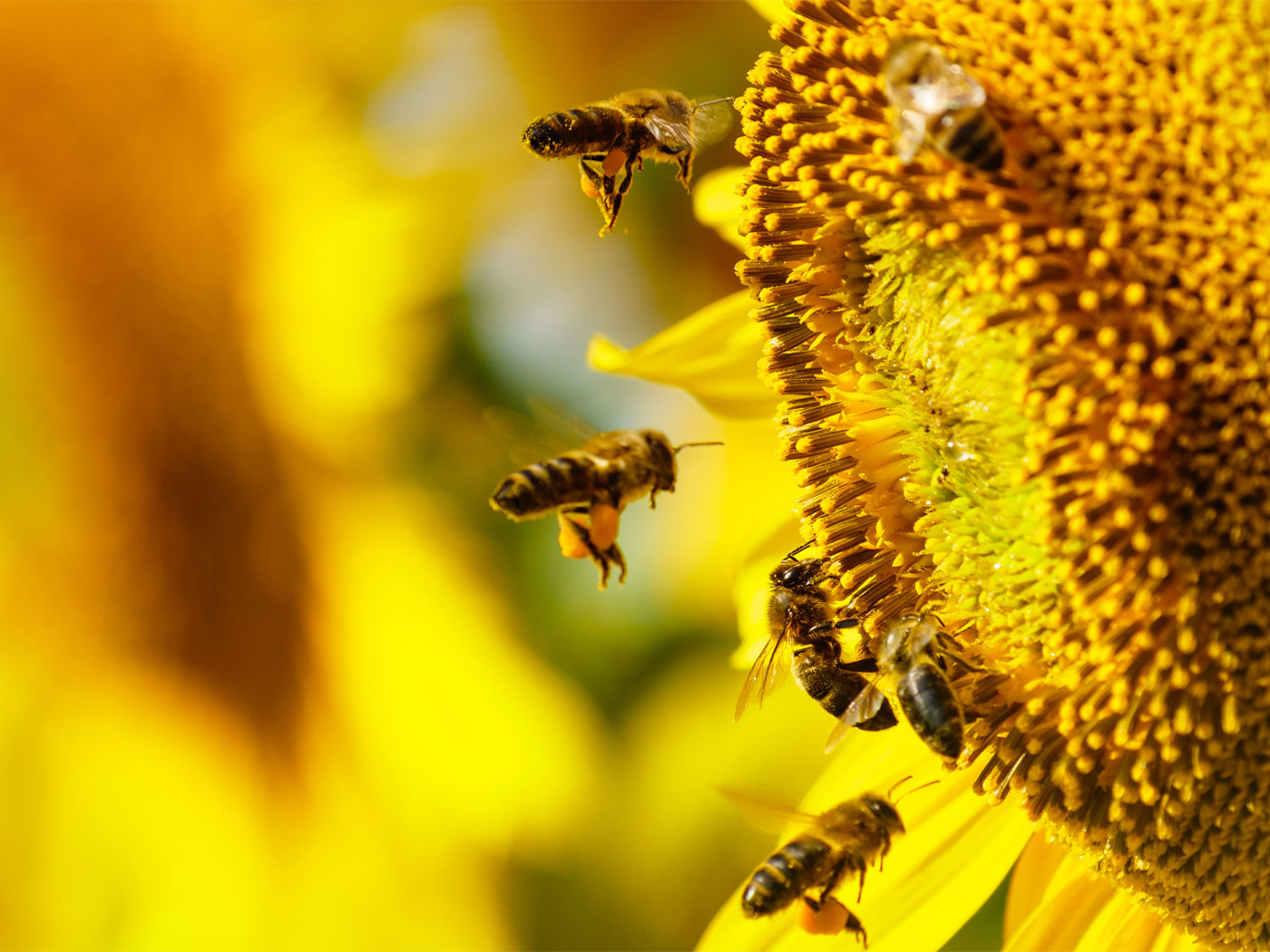What does the recently unveiled Amazon Go store have to do with several new studies detailing how flies find water or how tiny roundworms can "taste light?" The "world's most advanced shopping technology" that links the cutting-edge Amazon Go store to its customers depends on the same vital element linking roundworms and spiders to their environments: a sensor.
Amazon recently unveiled their new high-tech brick and mortar store allowing customers to swipe the "Amazon Go app to enter the store, take the products you want, and go! No lines, no checkout."1 Engineers were able to "weave the most advanced" technology throughout "the very fabric of a store" so any given product is added to a customer's virtual cart when picked up and taken out of the cart if put back.
Customers don't notice a thing. Unseen sensors throughout the store-shopping environment detect product movements and link them to customers. Amazon touts how they do it, telling us "we used computer vision, deep learning algorithms, and sensor fusion." Their "just walk out technology" employs sensors to detect an identifier for everything a customer takes, and programming links its price to the Amazon Go app owner's account. Public attention naturally focuses on the unhindered activities of customers, but without the sensors, the store's operators would be blind to their product's whereabouts…and Amazon would soon be out of business.
Sensors are also vital to organisms. The humidity detector in flies was first discovered in 2016 and neurobiologist Marco Gallio, commented on the importance of these detectors to the flies' survival, "They are careful to not lose moisture, which could cause them to die, and they also use humidity detectors to find water."2
Human-engineered sensors and those in organisms share several key elements. A sensor's purpose is to discover or identify the presence of specific events or changes in its environment, and then provide a corresponding output signal into a system as a response. A sensor has an element with characteristics relating to an environmental condition, so when that condition changes, the sensor's characteristic also changes. Connected to the characteristic-changing sensor are other elements which initiate a signal or response.
Understanding the Role of Sensors Guides Research
Other researchers observed that a tiny (1mm long) eyeless roundworm responded to light. These biologists knew intuitively what engineers explain from a design perspective: There must be some internal system in the organism which links the presence of an external condition, in this case light, to a response. Last month they reported that their search for a photo detector succeeded.3 The sensor they found is "about 50 times more efficient at capturing light" than the photosensitive molecule in the human eye. Remarkably, it "comes from a family of taste receptor proteins first discovered in insects."
In like manner, a cave biologist recently related about an eyeless cave shrimp, Stygobromus allegheniensis, that "could distinguish between light and dark, with the creatures being drawn to the dark."4 Though he "doesn't know what they use instead of eyes," he knows that external conditions do not directly cause organisms to respond. His search for a sensor has yielded "early results [which] suggest that the light-detecting structures may be on their heads."
Just like the Amazon Go store, sensors are just one essential element in systems that work together with programmed algorithm systems. Both are needed to determine specific responses to specific conditions. Sensors are often located at the interfaces of the organism's internal and external environments. Sensors are the first element to initiate their responses in development, cycles, physiological processes, self-adjusting mechanisms, tracking systems, and so forth.
One Sensor May Track Multiple Conditions
Sensors in organisms have been found to use the same molecule for multiple sensing purposes. Science recently published research on light-sensitive molecules known as phytochromes that also functioned as thermosensors in a model research plant, Arabidopsis.5 This dual function enables temperature-sensing to seamlessly integrate with light sensory functions necessary for the plant to make a wide variety of adjustments in growth and development. ICR geneticist Jeffrey Tomkins commented, "Evolutionary scientists did not predict such elaborate sensory integration in a single protein system. Such an amazing piece of engineering is way beyond human capability and speaks clearly that life was engineered by an Omnipotent Creator."6
Scientists at Cornell University discovered that "spiders can sense and respond to sounds coming from distances more than three meters away even though they lack ears and eardrums."7 Spiders are covered in hair, and at least some hairs are multifunctional. The lead investigator into jumping spider hearing found it to be exquisitely sensitive, saying, "instead of eardrums that respond to pressure, spiders have these extraordinarily sensitive hairs that respond to the actual movement of air particles around them," and added that "though they differ in size and number, these specialized 'hearing' hairs are found across virtually all spider species." Like an Amazon Go store, "the most advanced" technology is woven into "the very fabric" of spiders.
Dr. Tomkins previously reported on moonlighting proteins which employ several mechanisms to achieve multifunctionality.8 His article relayed an important conclusion that "the evolutionary pathways leading to the generation, retention, and loss of moonlighting proteins remain largely unknown." How proteins like those found in organism's sensors attain such precise specificity and sensitivity—all at microscopic levels—led Dr. Tomkins to deduce: "The precise multifunctional biocomplexity of these proteins—all encoded in the same sequence—is direct and powerful evidence of an omnipotent Creator's handiwork, not purposeless evolution based on chance."
References
- Amazon Go, Frequently asked questions.
- Northwestern University. First sensory system that detects air humidity described: Understanding the molecular mechanisms could lead to tools for better mosquito control. ScienceNews. Posted on sciencedaily.com May 6, 2016, accessed November 17, 2016.
- University of Michigan. Tasting light: New type of photoreceptor is 50 times more efficient than the human eye. Phys.Org. Posted on phys.org November 17, 2016, accessed November 17, 2016.
- Owens, B. Eyeless cave shrimp senses light and can live frozen in ice. New Scientist News. Posted on newscientist.com March 29, 2016, accessed March 30, 2016.
- Jung, J. H., et al. 2016. Phytochromes function as thermosensors in Arabidopsis. Science. DOI:10.1126/science.aaf6005.
- Tomkins, J. 2016. Multi-Purpose Plant Sensors Startle Scientists. Acts & Facts. In Press.
- Weisberger, M. Jumping Spiders "Hear" Long-Range Audio with Their Hairy Legs. Scientific American. Posted on scientificamerican.com October 17, 2016, accessed December 7, 2016.
- Tomkins, J. 2015. Moonlighting Proteins Befuddle Evolution. Acts & Facts. 44 (9): 16.
*Dr. Guliuzza is ICR's National Representative.
Article posted on January 9, 2017.




